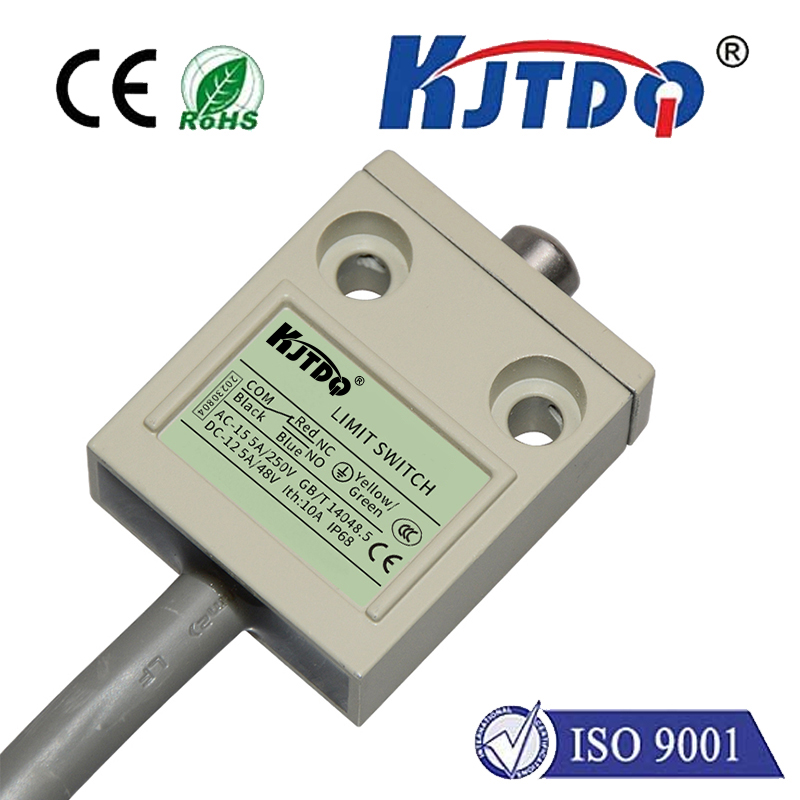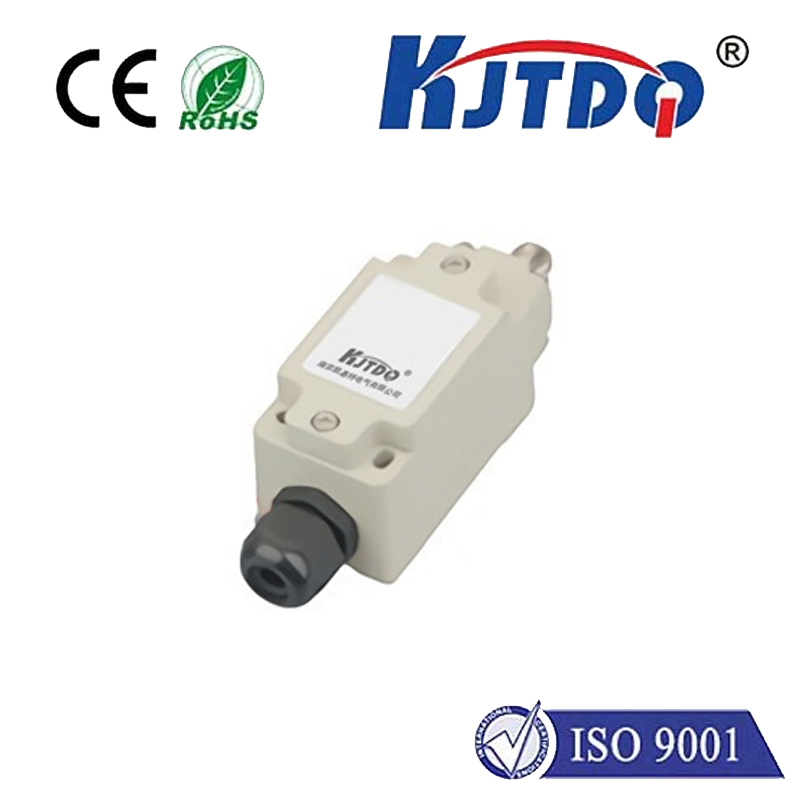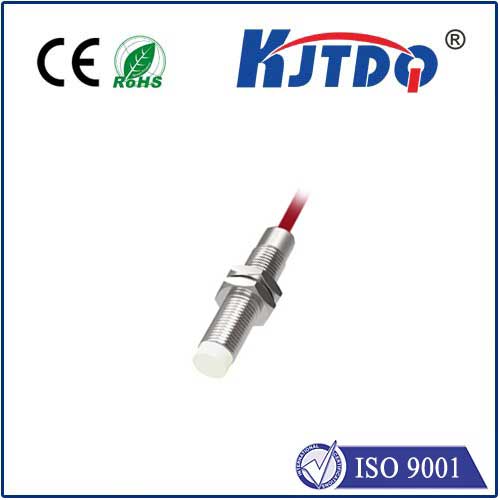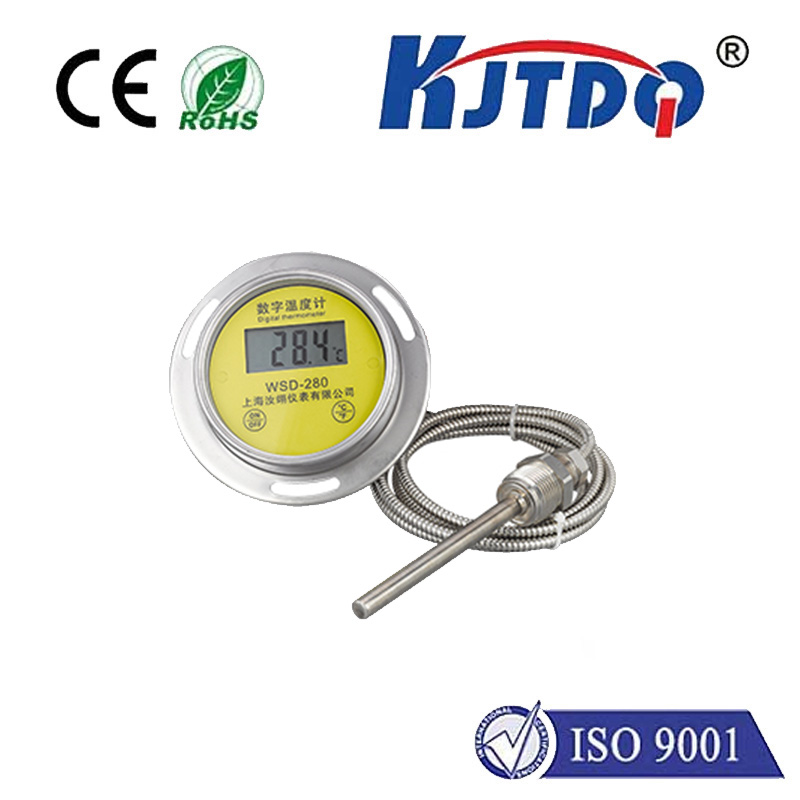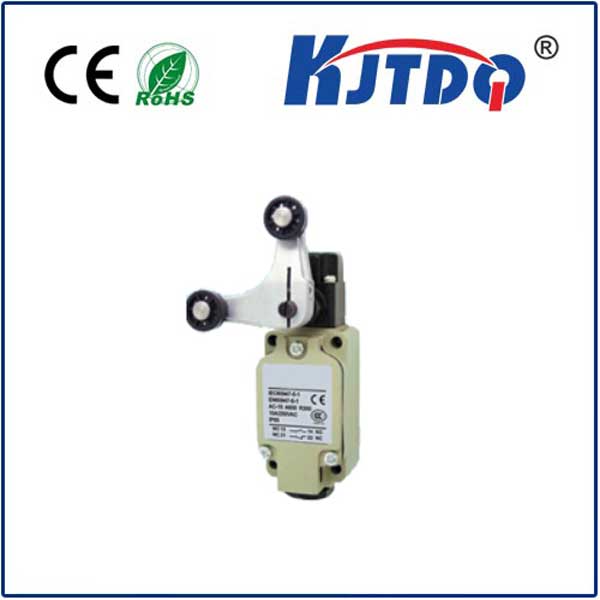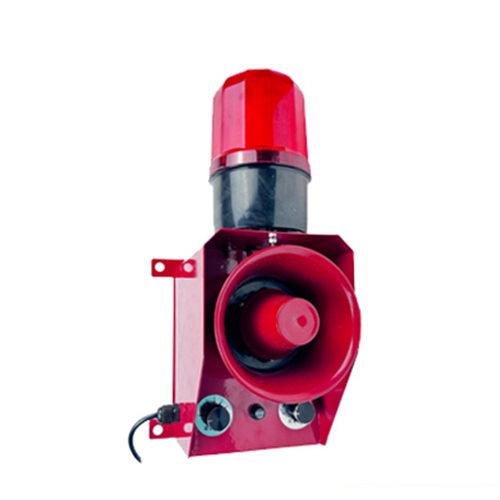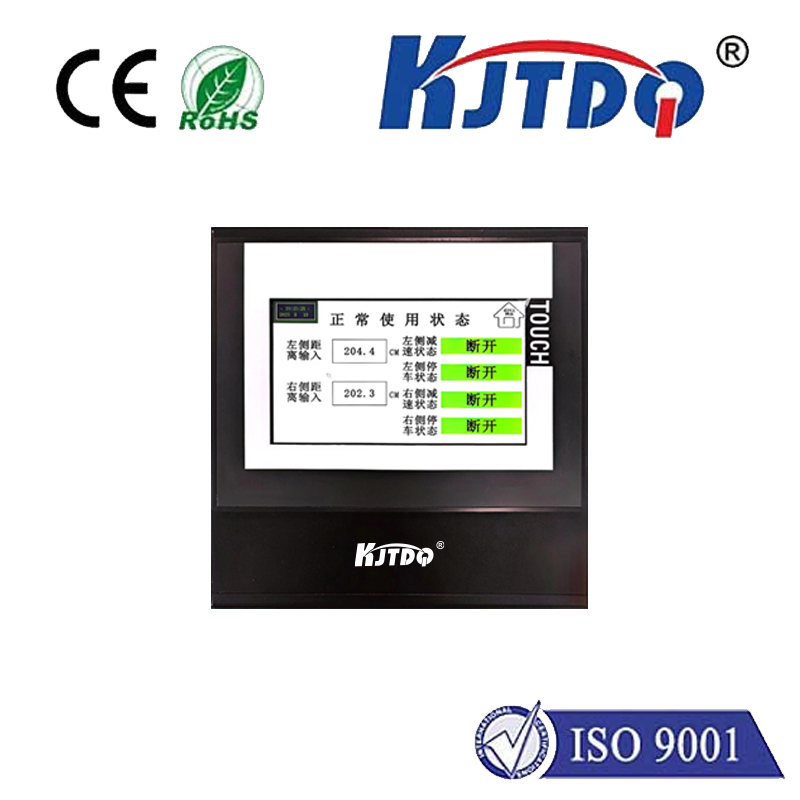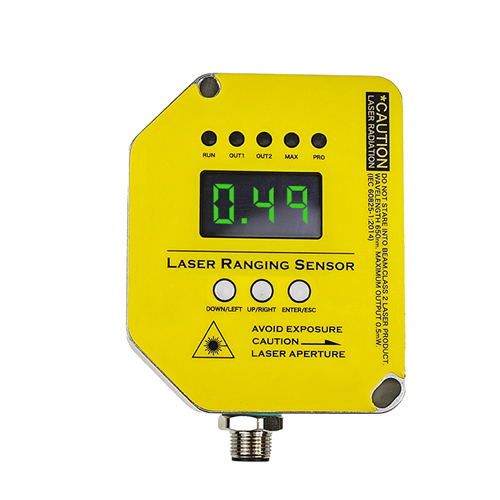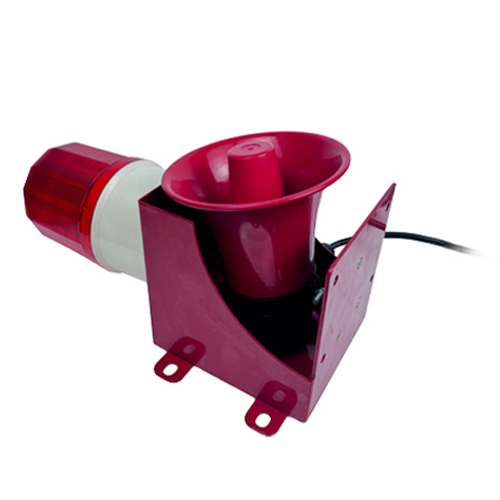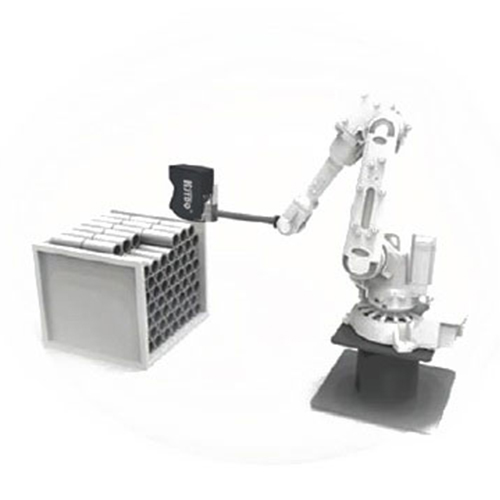approach sensor
- time:2025-06-17 00:40:49
- Click:0
Approach Sensors: What They Are and Why They Matter
Imagine walking towards a shopping mall entrance, and the glass doors slide open effortlessly before you even raise a hand. Or washing your hands under a faucet that magically turns on as you move near and shuts off when you pull away. These everyday moments of seamless convenience are powered by a fundamental piece of technology: the approach sensor. Far more than just a convenience gadget, these sensors are the unseen eyes enabling automation, enhancing safety, and refining efficiency across countless applications. But what exactly is an approach sensor, and how does it transform mere proximity into actionable intelligence?
Demystifying the Approach Sensor
At its core, an approach sensor, also commonly referred to as a proximity sensor, is an electronic device designed to detect the presence, absence, or distance of an object within a specific range without requiring physical contact. This key characteristic of non-contact detection is what makes them so versatile and reliable. Instead of bumping into something, they rely on various physical fields or energy waves emitted from the sensor head to interact with the target object. When this interaction changes due to an object moving into the detection zone – the approach – the sensor triggers an electrical signal.
How Approach Sensors “See” the World

Approach sensors aren’t monolithic; they employ different technologies tailored to specific needs and environments. The most common types include:
- Inductive Proximity Sensors: These are the workhorses of industrial automation. They generate an electromagnetic field. When a conductive metal object enters this field, it induces small electrical currents (eddy currents) within the object. The sensor detects this disturbance, signaling the object’s presence. Highly reliable, immune to dirt and dust, and perfect for detecting metal parts on assembly lines or machine tools.
- Capacitive Proximity Sensors: These generate an electrostatic field. Any object entering this field (metal, plastic, wood, liquid, or even a human body) alters the sensor’s capacitance. This change is detected, triggering the output. Their ability to detect non-metallic objects makes them invaluable for level detection (granules in a silo, liquid in tanks), presence sensing through packaging, or touchless controls.
- Photoelectric Sensors (Optical Proximity): These utilize light (visible, infrared, or laser) to detect objects. Common operating modes include:
- Through-beam: A separate emitter sends a beam to a receiver; an object is detected when it blocks the beam. Excellent for long-range detection.
- Retro-reflective: The emitter and receiver are in one housing; a reflector bounces the beam back. Detection occurs when the beam is blocked. Needs a reflector.
- Diffuse Reflective: The emitter sends light; the receiver detects light reflected directly off the target object. Detection range depends on the object’s reflectivity. Self-contained and common for object presence.
- Ultrasonic Proximity Sensors: These emit high-frequency sound waves and measure the time taken for the echo to return after bouncing off an object. This allows them to not only detect presence but also accurately measure distance. They work well with a wide variety of materials, surfaces, and colors, and are unaffected by light or dust. Used in parking sensors, level measurement, and object detection where other sensors struggle.
- Passive Infrared (PIR) Sensors: Primarily used for motion detection in security and lighting, PIR sensors detect changes in infrared radiation (heat) emitted by warm objects (like people or animals) moving within their field of view. They sense heat movement, not strictly proximity, but are a vital type of approach detection for human presence.
The Ubiquity of Approach Detection: Key Applications
The power of approach sensors lies in their integration into so many facets of modern life:
- Industrial Automation: The backbone of modern manufacturing. Used for object counting, position verification on conveyors, detecting end positions on cylinders, machine guarding (safety interlocks), and ensuring parts are present before a machining cycle begins. Reliability is paramount here.
- Automotive Industry: Abundant! From anti-lock braking systems (ABS - detecting wheel speed) and tire pressure monitoring systems (TPMS) to parking sensors (ultrasonic), hands-free trunk opening (capacitive), and occupant detection for airbag control.
- Consumer Convenience: Automatic doors (PIR or microwave), touchless faucets and soap dispensers (often capacitive or IR), elevator call buttons (capacitive), interactive displays, and robotic vacuum cleaners (bump sensors combined with proximity).
- Building Automation & Security: Lighting control based on occupancy (PIR), automatic hand dryers/toilets, access control systems (proximity cards contain sensors), and security systems detecting movement.
- Medical & Laboratory Equipment: Ensuring sterile environments with touchless controls, detecting reagent bottle presence in analyzers, and patient monitoring systems.
- Robotics: Essential for robot navigation (obstacle avoidance), object detection for manipulation, and ensuring safe human-robot collaboration (collision avoidance zones).
Selecting the Right Approach Sensor: Key Considerations
Choosing the optimal approach sensor isn’t a one-size-fits-all situation. Several critical factors must be evaluated:
- Target Material: What is the object you need to detect (metal, plastic, wood, liquid, human skin)? This dictates whether inductive, capacitive, ultrasonic, etc., is suitable.
- Detection Range: How far away does the sensor need to detect the object? Optical and ultrasonic sensors generally offer longer ranges than inductive or capacitive.
- Operating Environment: Consider temperature extremes, moisture, humidity, dust, oil, chemical exposure, and vibrations. Industrial sensors often have rugged IP ratings (e.g., IP67) for harsh conditions. Optical sensors can struggle in dusty or foggy environments.
- Output Type: What signal does your controller need? Common outputs include NPN/PNP transistors (digital on/off), analog (e.g., 4-20mA, 0-10V for distance), or IO-Link (digital communication with advanced diagnostics).
- Mounting & Size: Physical constraints of the installation space are crucial.
- Cost & Reliability: Balancing budget with required performance and longevity.
The Unseen Enabler of a Smarter World
From the mundane magic of an automatic door to the sophisticated safety systems on a factory floor or within a vehicle, approach sensors are fundamental enablers of the modern automated world. They provide the essential data – “something is here,” or “nothing is present” – that machines and systems rely on to operate intelligently, safely, and efficiently. Their ability to perform non-contact detection reliably, often in challenging environments, makes them indispensable across diverse industries. Understanding the different technologies and their strengths allows engineers, designers, and maintenance personnel to select the perfect sensor, ensuring seamless operation and unlocking the full potential of automation and interaction.






